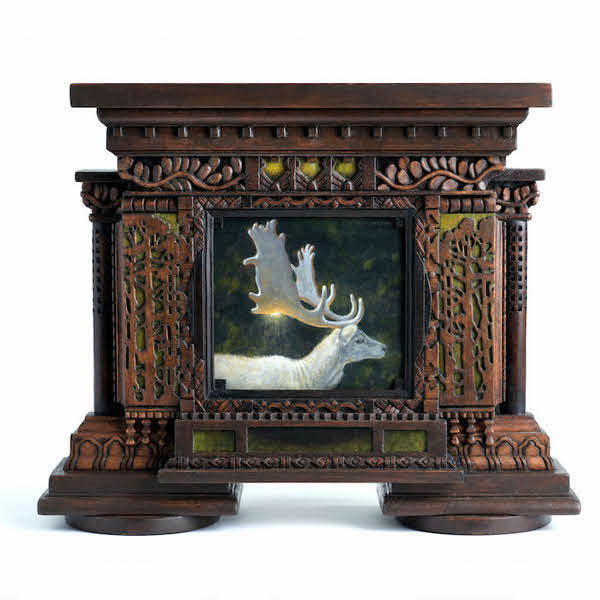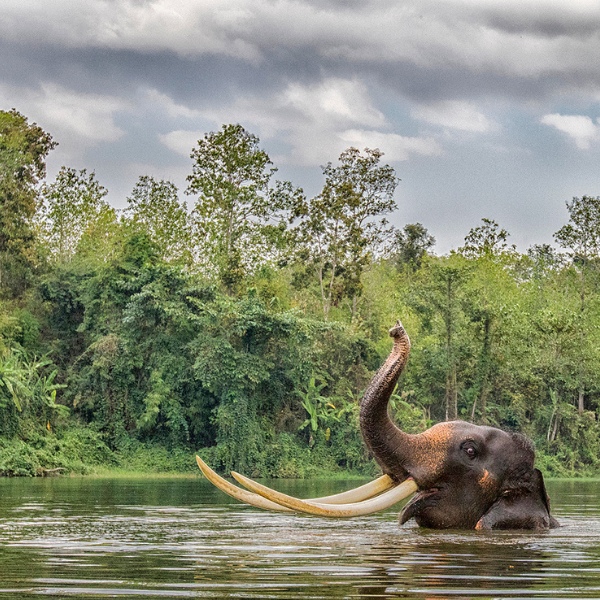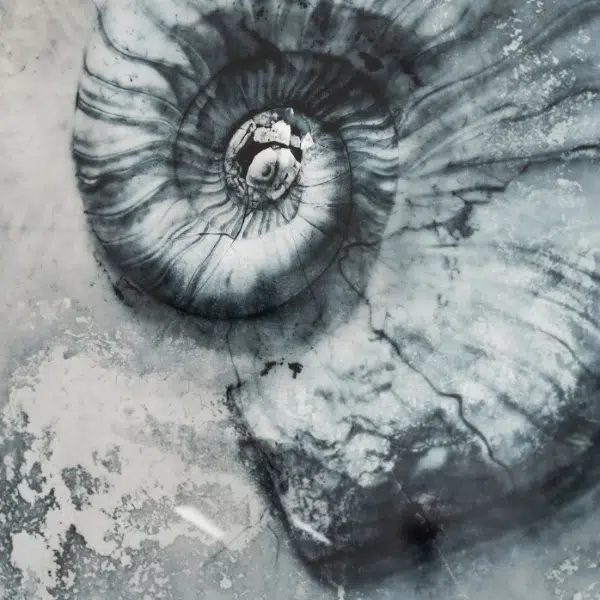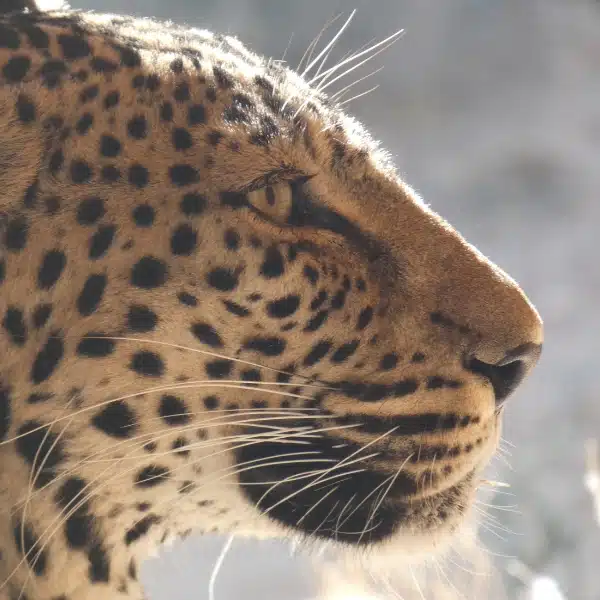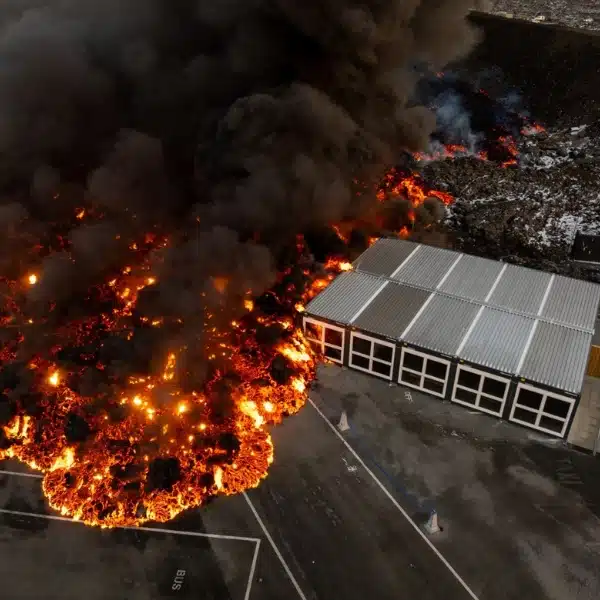
Heart of the Dragon
This post may contain affiliate links. If you make a purchase, My Modern Met may earn an affiliate commission. Please read our disclosure for more info.
There are some trees whose existence span hundreds, if not thousands, of years. For over a decade, photographer Beth Moon has made it her mission to document the biggest, oldest, and rarest of the bunch. Using that criteria as her guide, it led her on a journey around the world. Crossing desolate mountainsides, private estates, and protected lands, she found these gentle giants and photographed them in majestic portraits. The results not only speak to their age, but the delicate duality of their existence—they appear powerful, yes, but they are also vulnerable to the environmental elements and human intervention.
Moon has created multiple series that revolve around the world’s rarest trees. First came Ancient Trees, in which she photographed the baobabs, sequoias, and other species in a black and white palette. The intense tonality and contrast give them the feeling of being on another planet, which is only amplified in her project called Island of the Dragon's Blood. It documents the dragon's blood trees on the island of Socotra, one of the “few places left on earth so remote and untouched by time.”
The series Diamond Nights came later and brought us back to Earth. For it, Moon revisited a selection of the trees across Africa and photographed them against a backdrop of glittering stars. Doing so required help from a guide. Once she found the trees, she marked the spot with a collection of rocks, like a trail of breadcrumbs, to let her know she was in the right place.
The projects culminated in books titled Ancient Trees: Portraits of Time and Ancient Skies, Ancient Trees. Both are available on Amazon.
We had the opportunity to speak with Moon about her projects, including the labor-intensive process she used to print the images. Scroll down to read our exclusive interview.
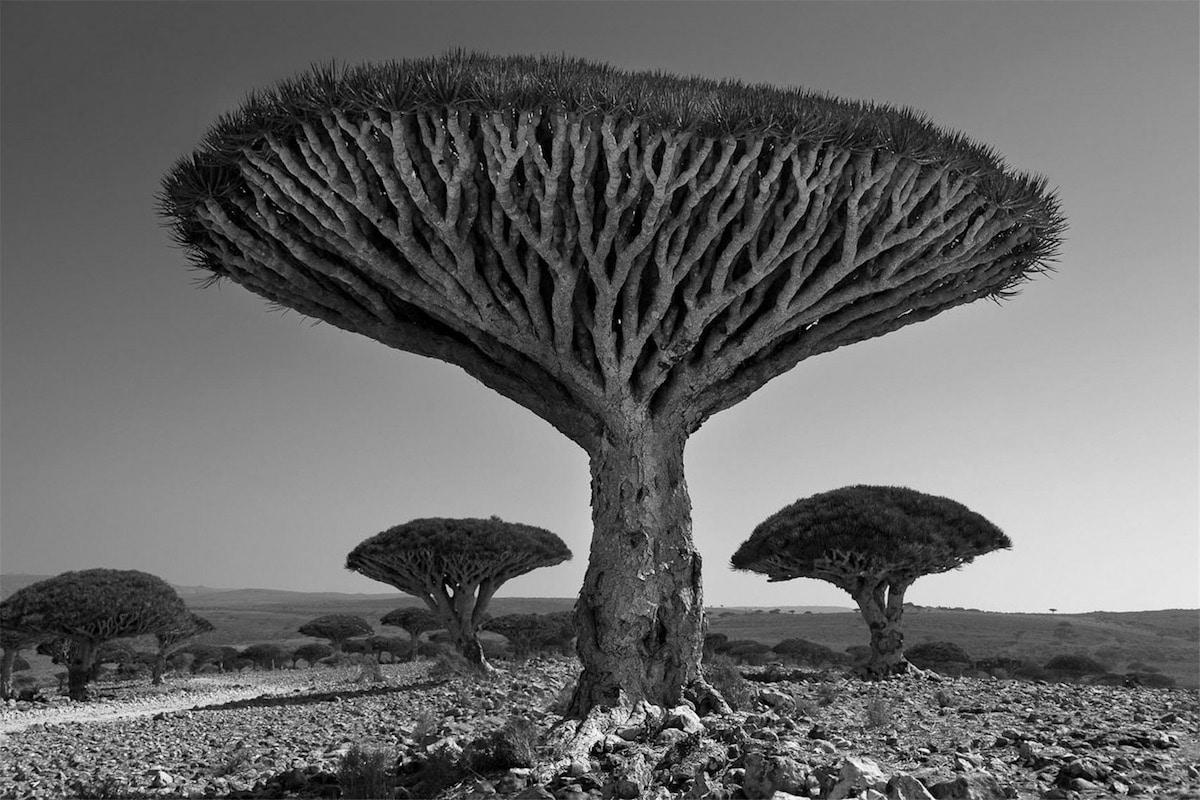
Shebehon Forest
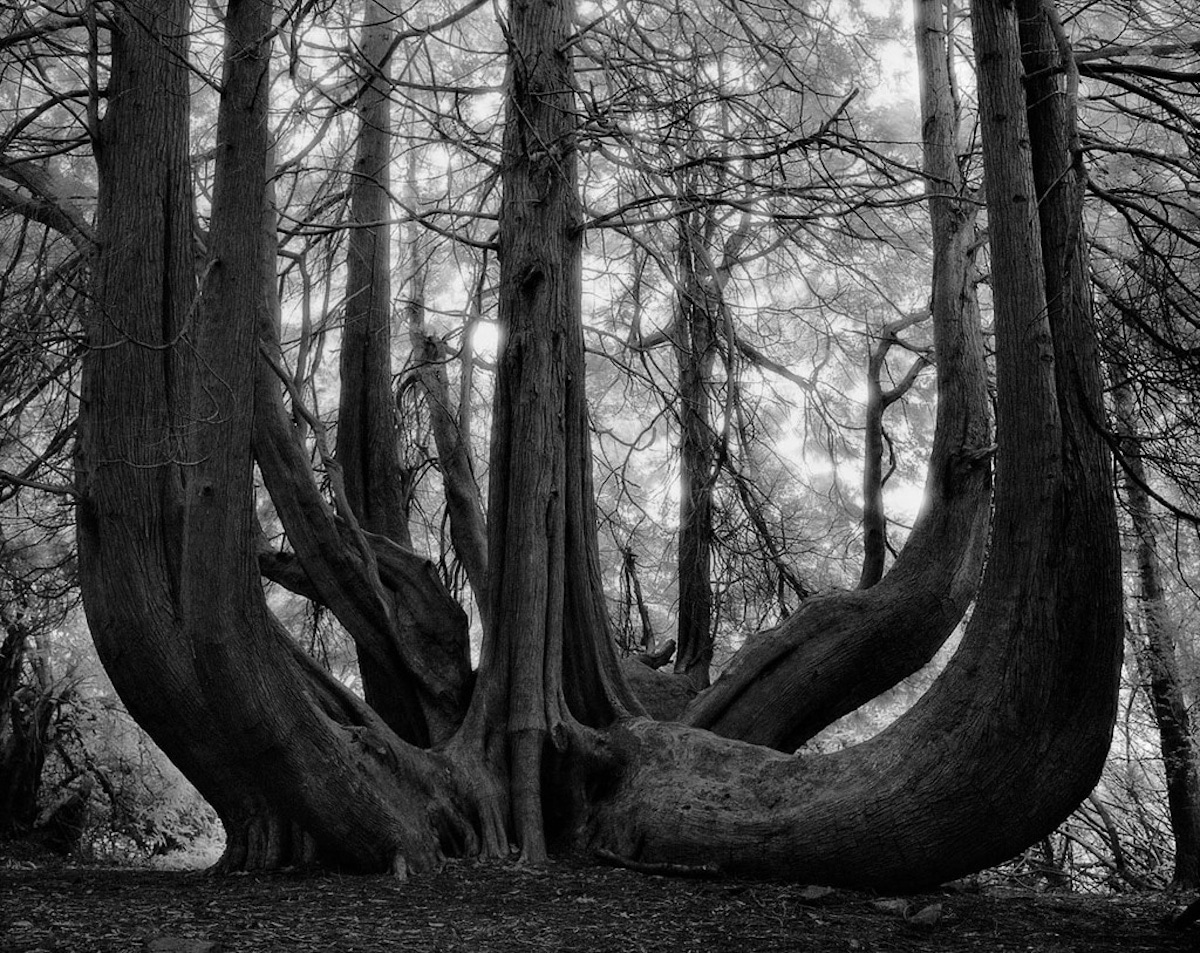
The Great Western Red Cedar
What first inspired you to track down the world's biggest, oldest, and rarest trees?
For me personally, photographing trees marked a return to spending more time outdoors. I wanted to share the excitement and enthusiasm I felt by visiting these trees with others.

The Strangler Fig
What motivated you to keep searching for them?
After photographing one of England’s largest oaks, I read that a storm had caused a lot of damage to the tree, causing a major limb to crash into the hollow center. After visiting the 3rd largest baobab of South Africa I received an email with pictures showing the total collapse of the tree just a few months later. It was hard to ignore that these strong and resilient old trees were also very vulnerable. Incidences like these made me more determined to continue this work.
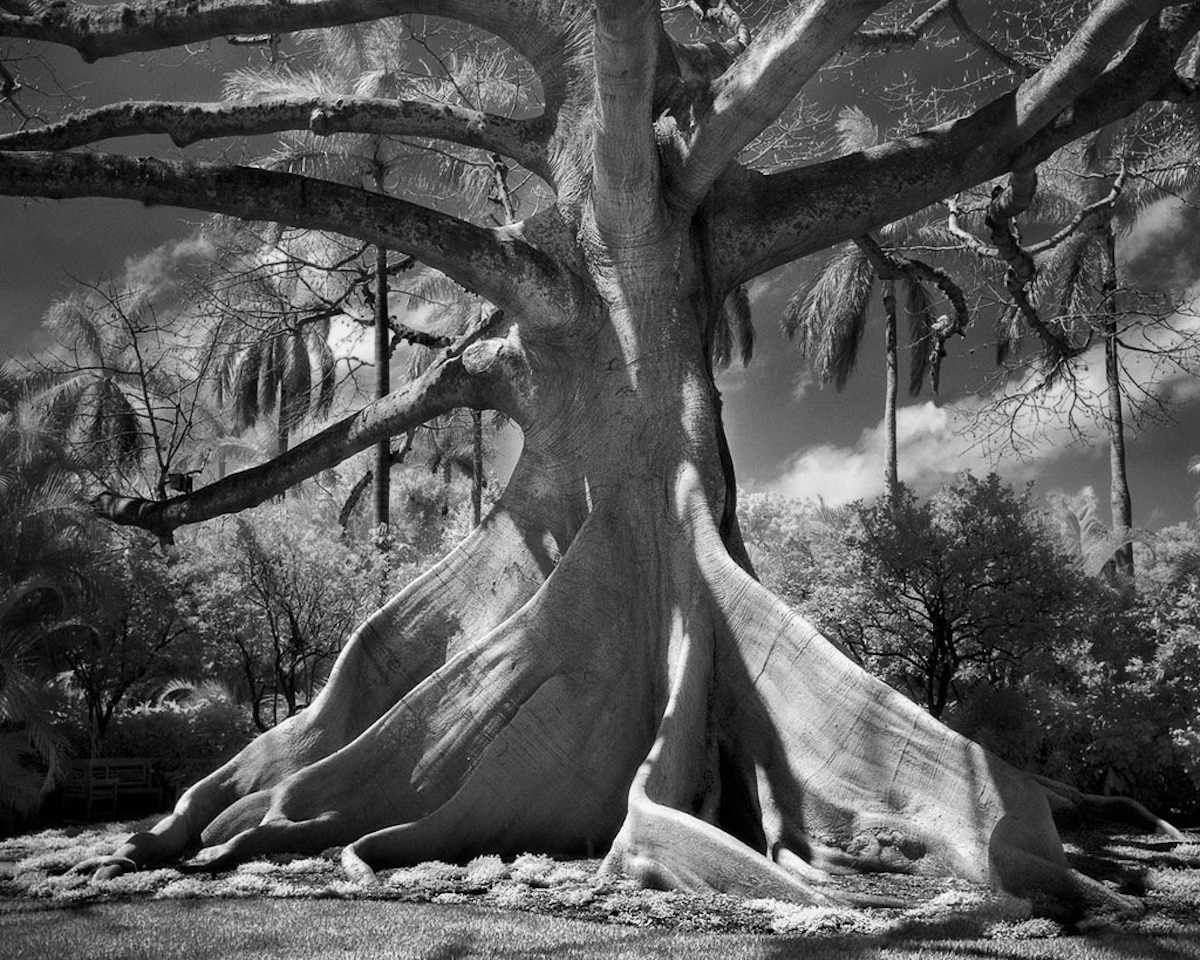
Kapok
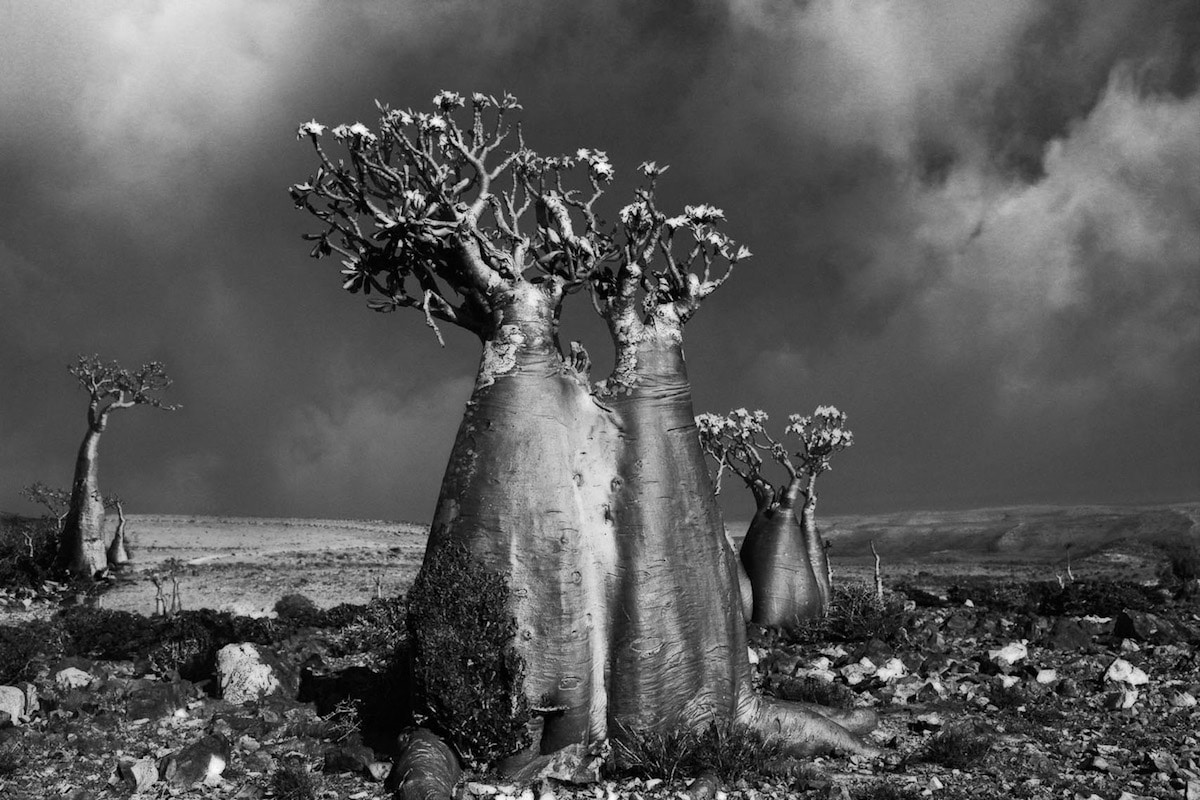
Desert Rose (Wadi Fa Lang)
What was it like to discover these trees after researching them for so long?
The anticipation can be palpable, especially mixed with an active imagination. Many of these destinations/places are already so special, it was overwhelming at times to take in. Waiting to go to Yemen for three years, for example, was difficult but only served to add to the exhilaration when I was finally able to visit.
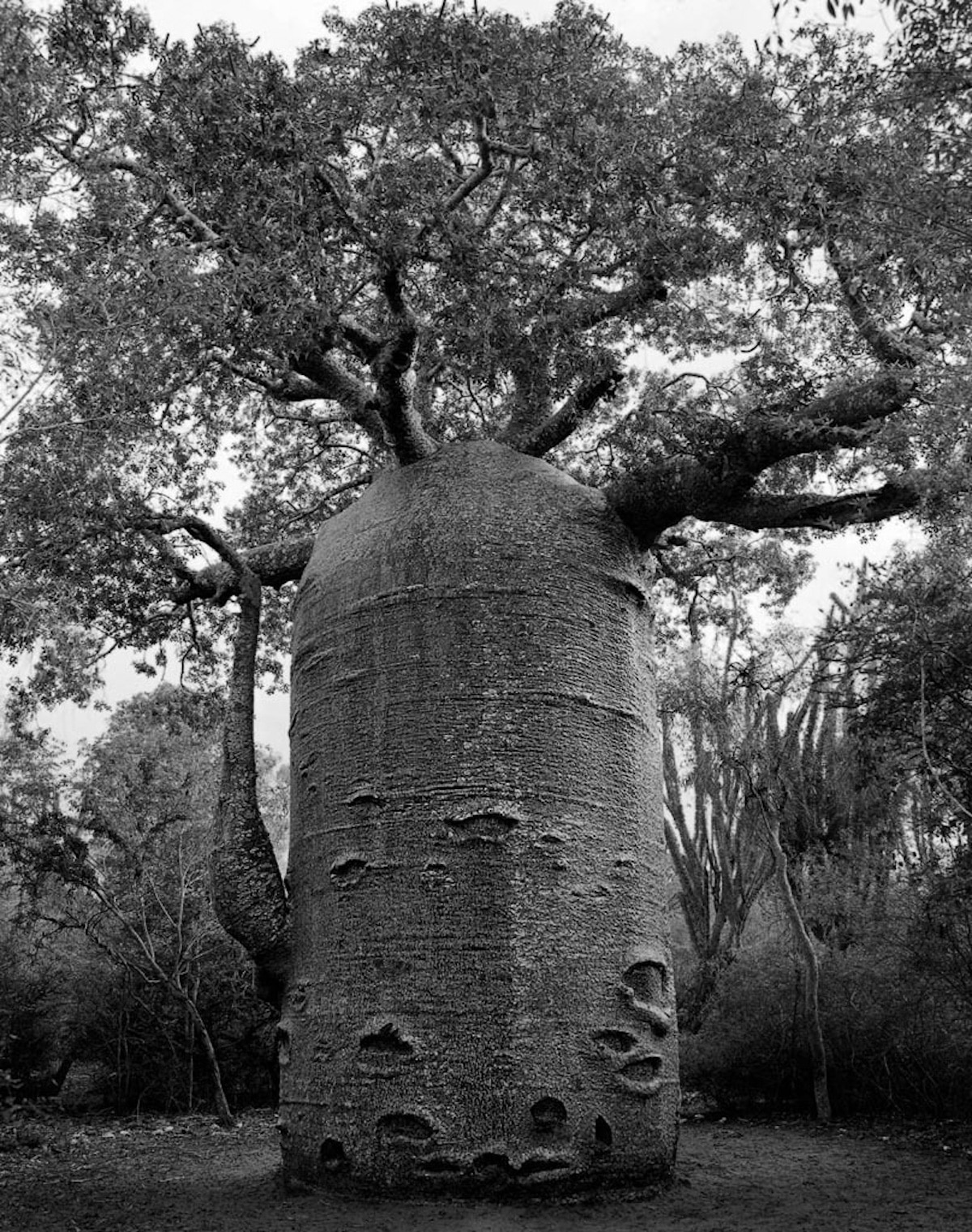
The Ifaty Teapot
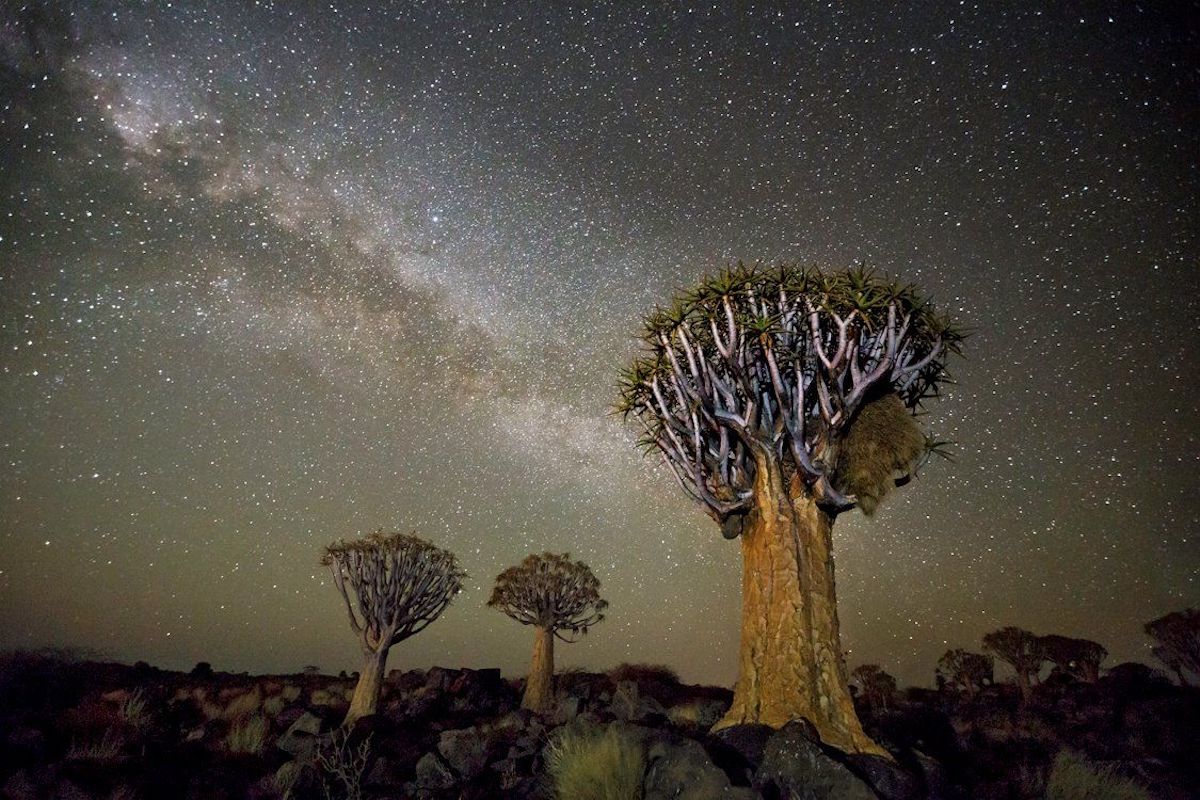
Corvus
Have you kept up with the trees you photographed? Do you ever revisit any of them?
It is not always possible, but yes, there are a few trees that I have been able to revisit, and that is a very gratifying experience.
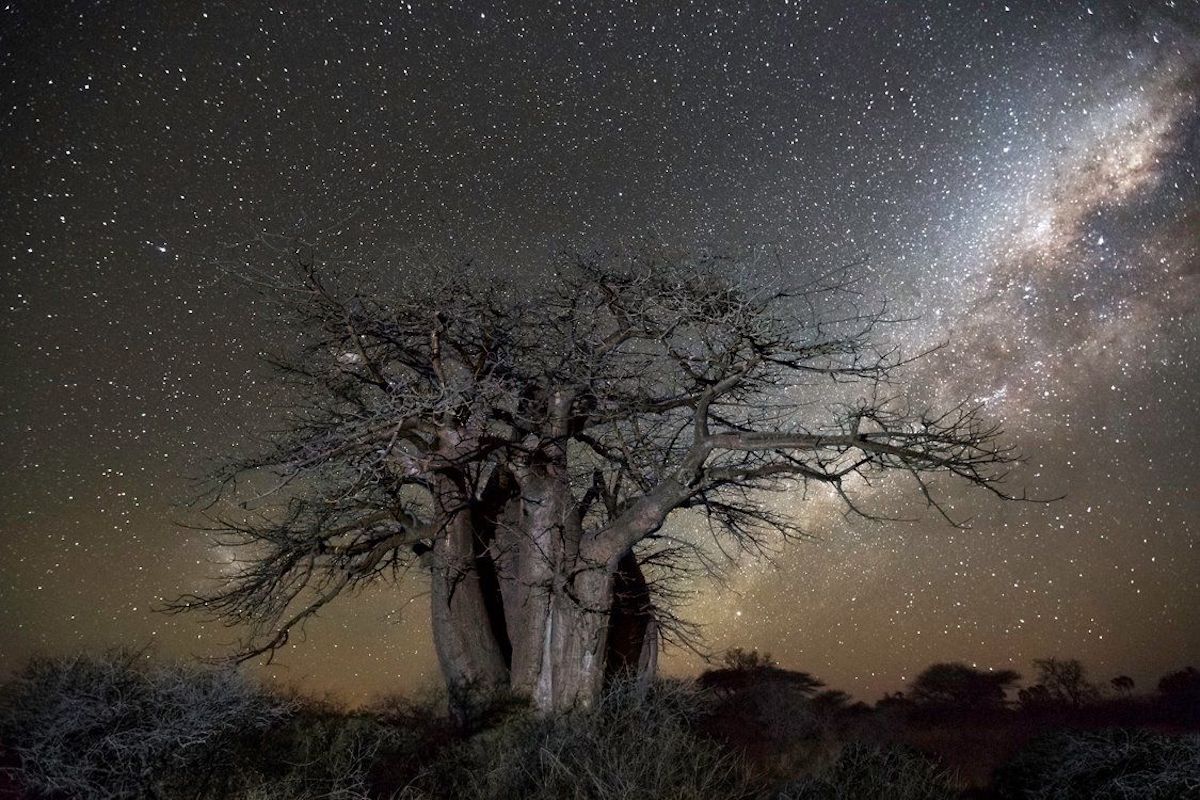
Cetus
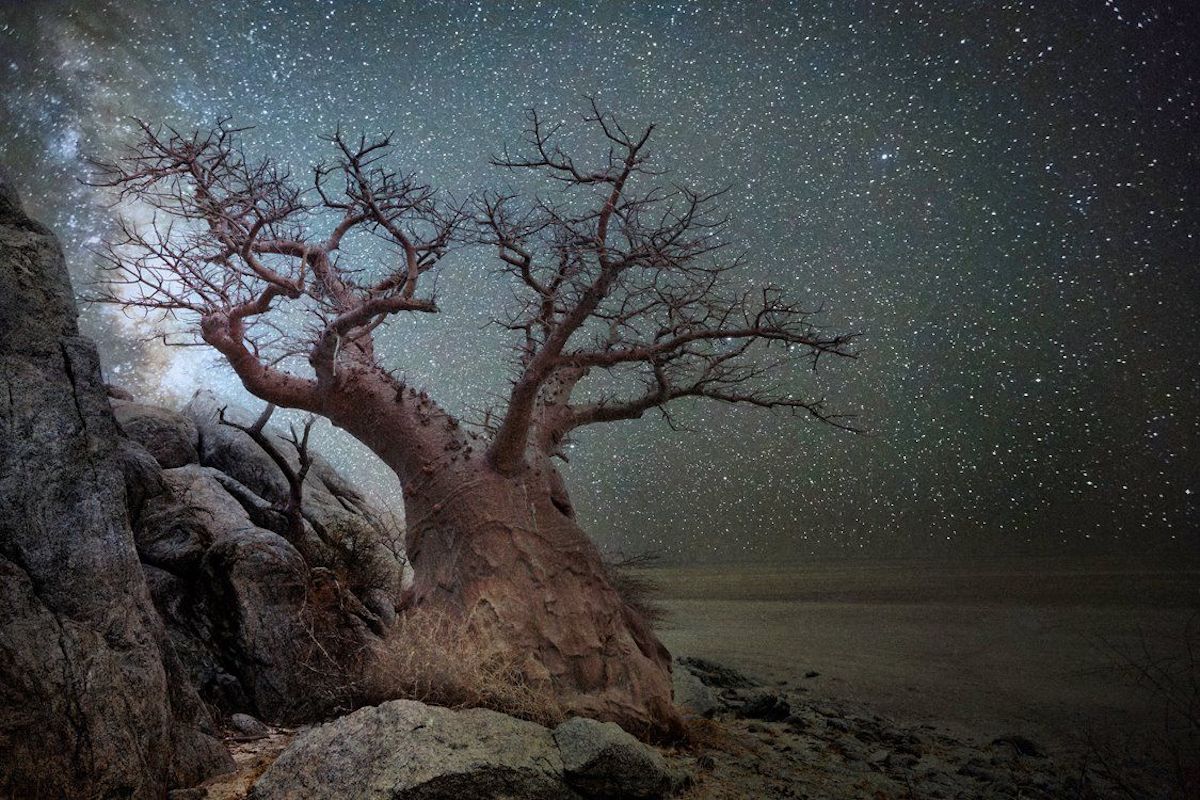
Lyra
You keep your printing analog with platinum and palladium process. For those unfamiliar, can you describe this approach and why you use it?
To make a platinum/palladium print, one coats heavy watercolor paper with a sensitizing solution of these metals and exposes to light, finishing with several washing baths to clear the paper and dry. It is a time-consuming process but rewarding with a fine and delicate long tonal scale, being the most archival of all processes. By choosing a process that lasts forever, I hope to speak of survival, drawing on the common theme of time and continuance, pairing subject and process.
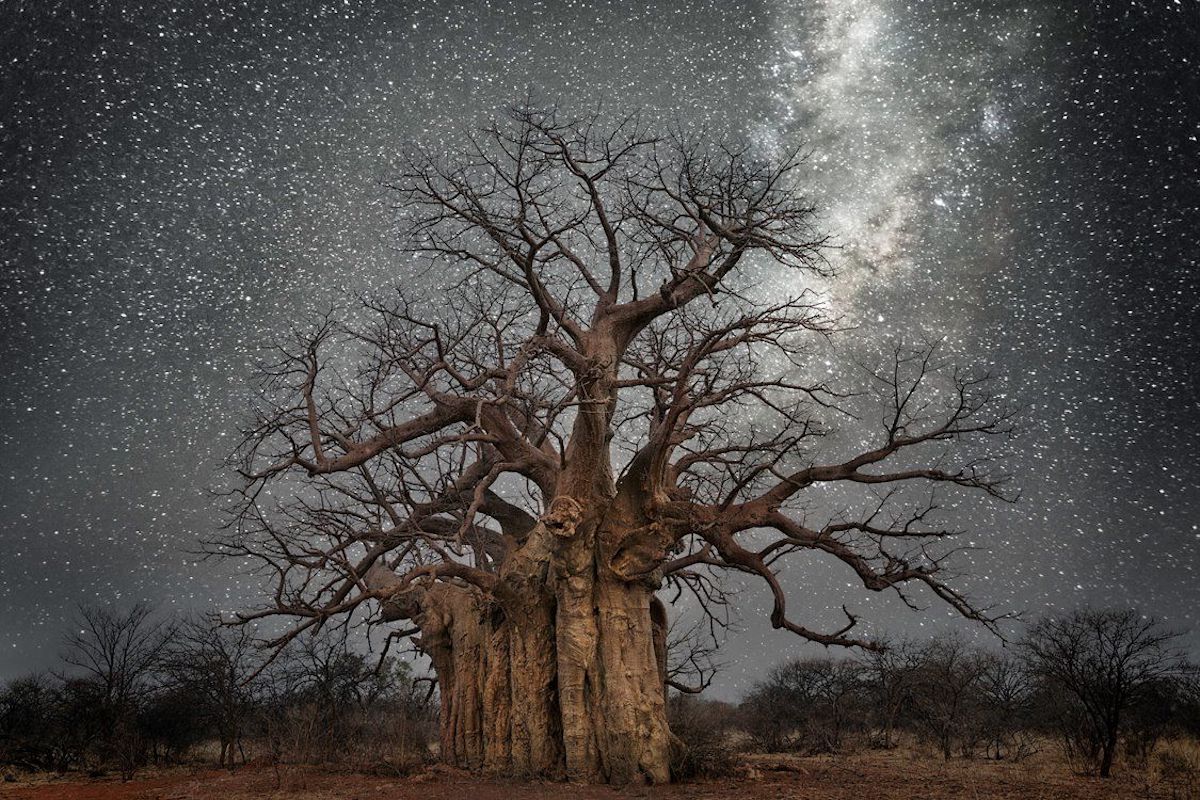
Lacerta
What lessons have you taken away from researching, traveling, and photographing Ancient Trees and Diamond Nights?
I have a short attention span and like to jump from one thing to the next. This project has taught me how to narrow my focus and slow down, and by doing so, I have delved deeper into the subject. On many levels, this is very rewarding.
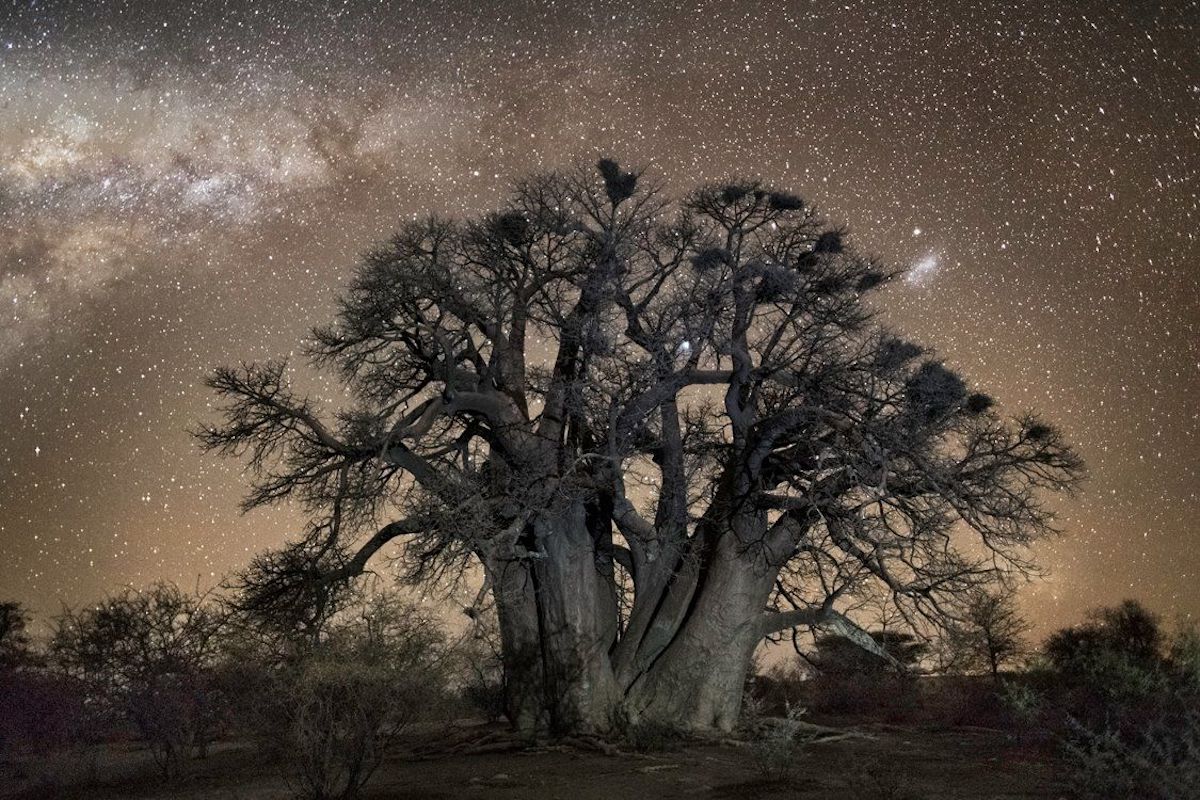
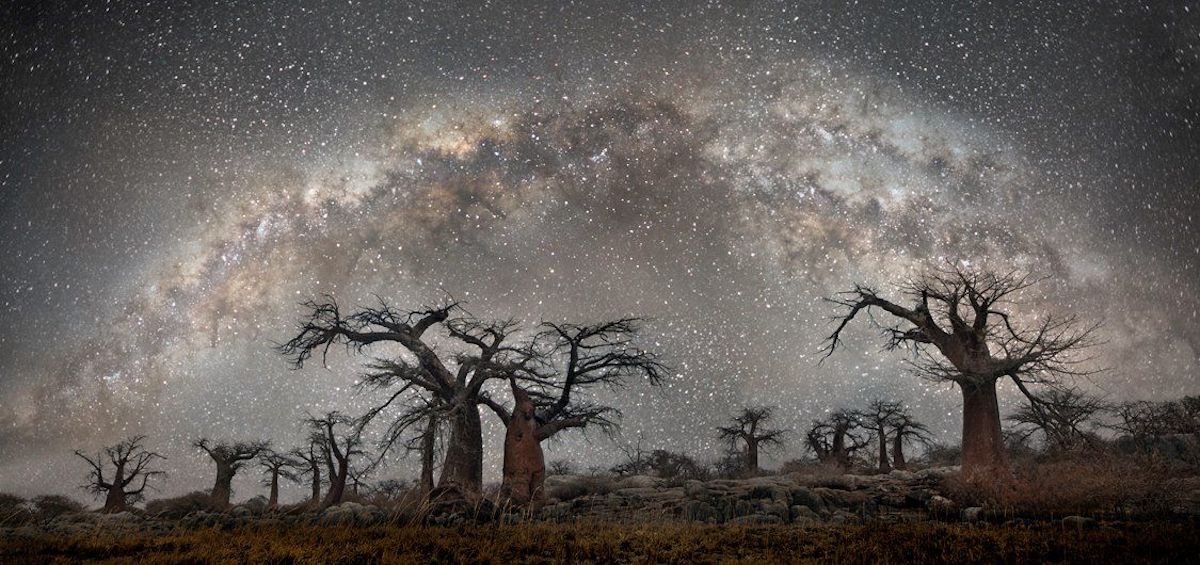
Andromeda











































































